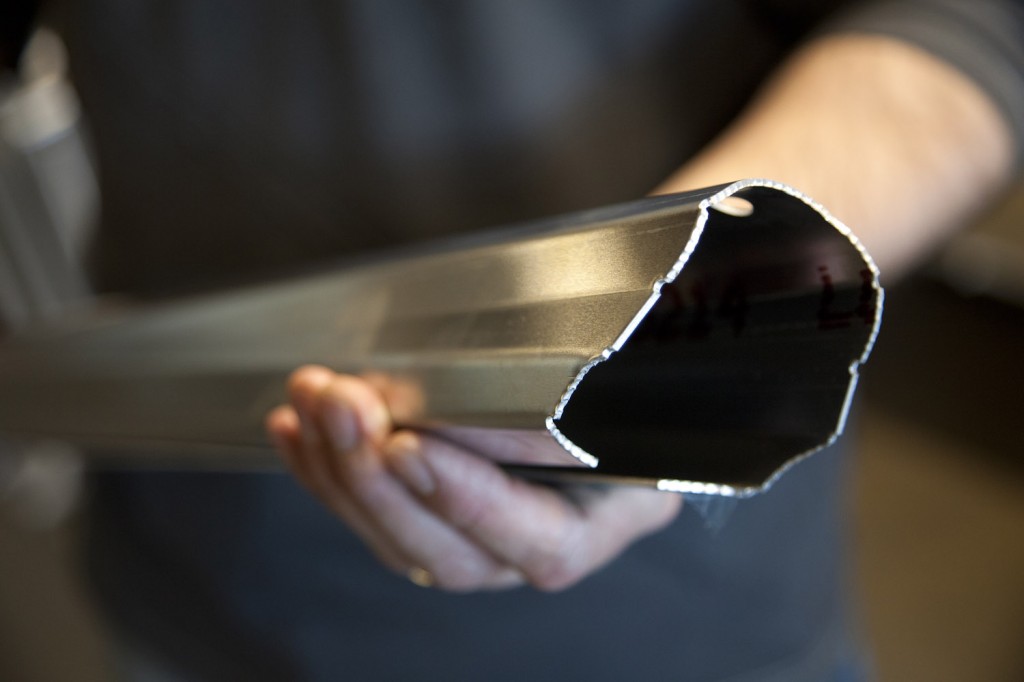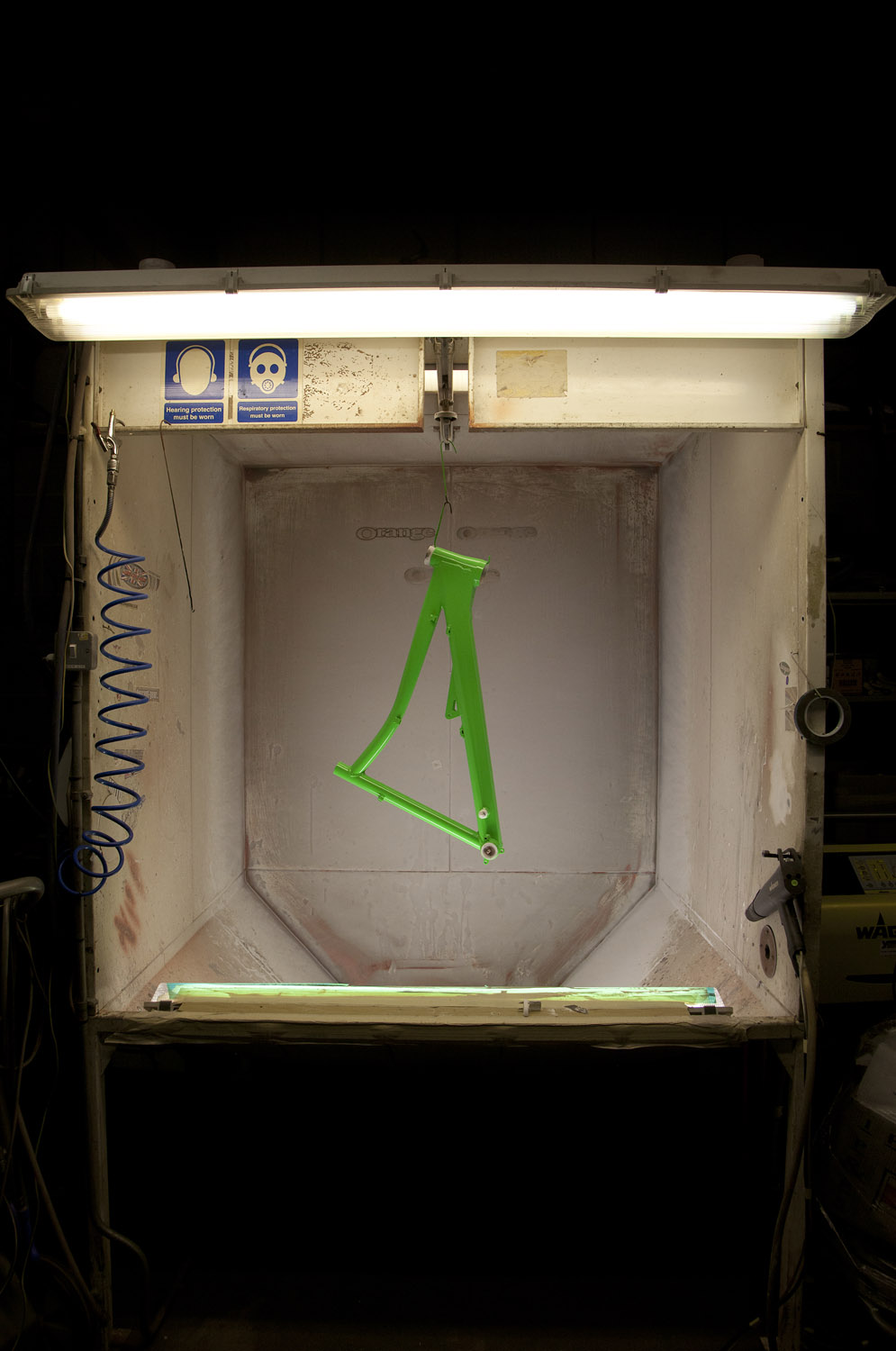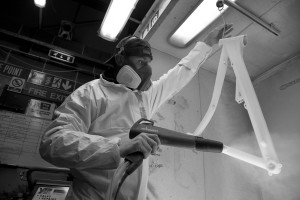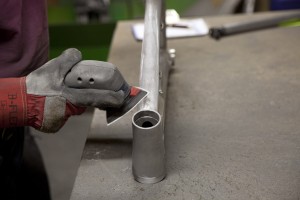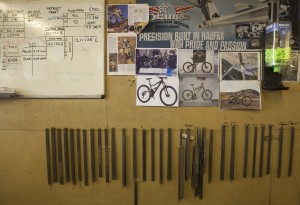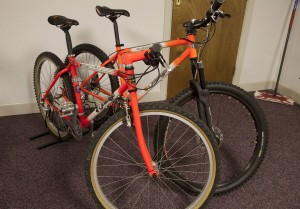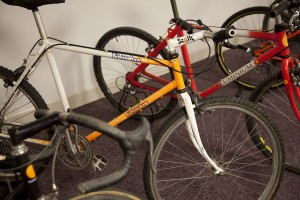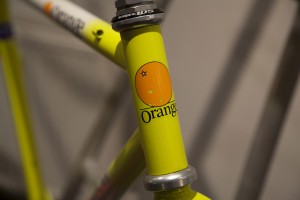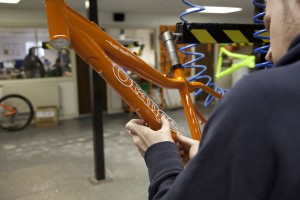 England has a historical north-south divide. But not these days surely? Not in the age of homogenised pursuits like Saturday shopping, the cinema the night before and the pub the morning after? Must be just the same up there as we are down here, must be.
England has a historical north-south divide. But not these days surely? Not in the age of homogenised pursuits like Saturday shopping, the cinema the night before and the pub the morning after? Must be just the same up there as we are down here, must be.No. They are not. They are hard. Maybe it’s the relentless economic climate that nurtures the south and freezes out the north. Being overlooked and neglected has made them tough. And they laugh about it. Pride themselves on it. Shandy drinking soft southerners. Being British has always been built on an element of banter within, but there is truth in the soft south, hard north divide. Maybe it’s as simple as the bleak weather. Maybe it’s deeper. Whatever it is, I am most definitely a southerner, kind of soft and am driving north into the rain and cold to see a little handmade British global success story.
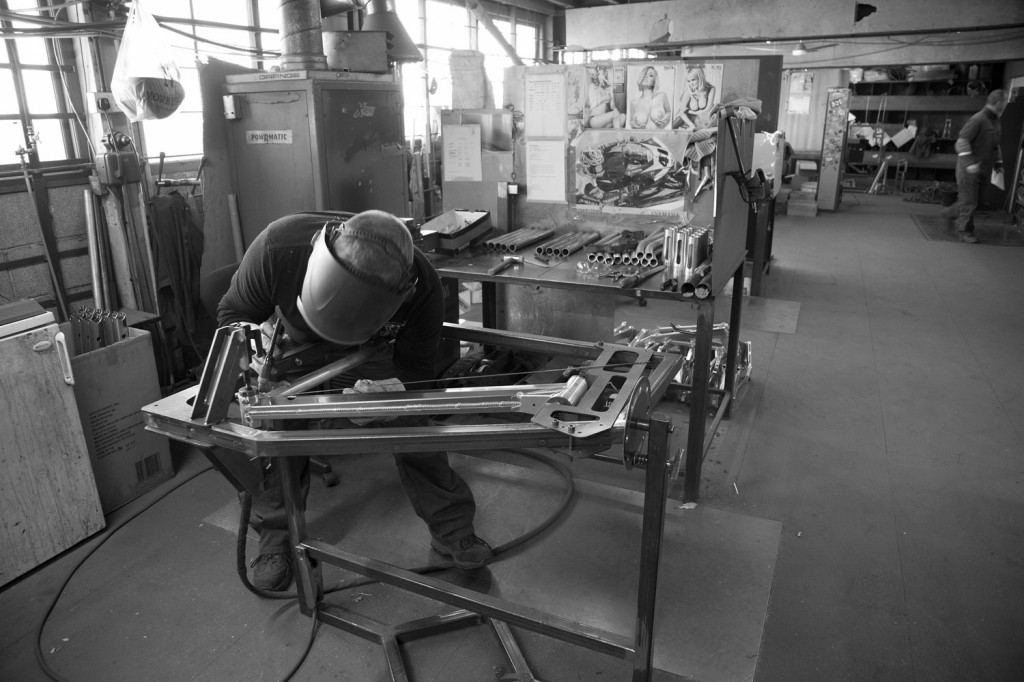
Orange mountain bikes sits in the hills just outside Halifax, Yorkshire. They have been here since the dawn of mountain biking in the UK (about 1987). A wing and a prayer would be wrong, but a certain amount of free floating through trends and fads and racing and a changing world would be fair. And somehow, against the odds, against the far eastern equation, the carbon explosion, the narrowing of the market and the widening of the niches within it, against the homogenising of the bicycle high street, Orange are still here, still doing what they do best, better than they ever did it, with more people wanting a segment than ever before. And all by hand, here in Yorkshire, North England.
Story has it that founders Lester noble and Steve Wade began building bikes out of a lull in the windsurfing season that they harked from. Those very first attempts were built under the badge Tushingham - a name borrowed from friend and fellow windsurfer, the sail maker, Roger Tushingham. The Tushingham B52 and rarer Works Replica were the pre cursor to Orange Mountain Bikes if you like. It wasn’t much more than a year before adverts for Orange started appearing in the British bike press. “What’s Orange and climbs hills?” was the tagline that accompanied a picture of an Orange (piece of fruit rather than a bike) that I remember first hearing of the brand through, back in 1988. Then onto the still burgeoning race scene appeared the Clockwork. A white and fluro orange fade race bike that you could both want and afford. For us Brits, there were a lot of classic British steel road bike builders in our past, but the majority of the hardware for our new sport was from the US of A. A genuinely British mass market alternative was refreshing, and one that had a sense of humour a sense of pride, a sense of cool, that was from ‘oop north, well, it was a recipe for success. Although the Clockworks were made in the far east, the ‘Formula’ race bike was handbuilt here. Again these are unicorns nowadays, having had very limited build runs in their respective incarnations, but survive they do (being good old Reynolds 531 among other hardnut steel tubes) and pop up in garages and barns they still do. White and fluro orange naturally !
It’s not that far off message these days either. Handbuilt in Halifax. Tough, good riding bikes for tough good riders. A loyal following and somehow a competitive portfolio has kept them in people’s minds in a way that could so easily have been the usual story of liking, respecting, but not actually buying a bike that is made on your doorstep. The lack of intention to take over the world hasn’t been completely overlooked though. In typical cool and almost accidental fashion, it was Steve Peat that actually approached them to ride to world champion status on an Orange. That was a good era for Orange, they seemed to find themselves on the podium with much much bigger fish. Talk about putting Halifax on the map.
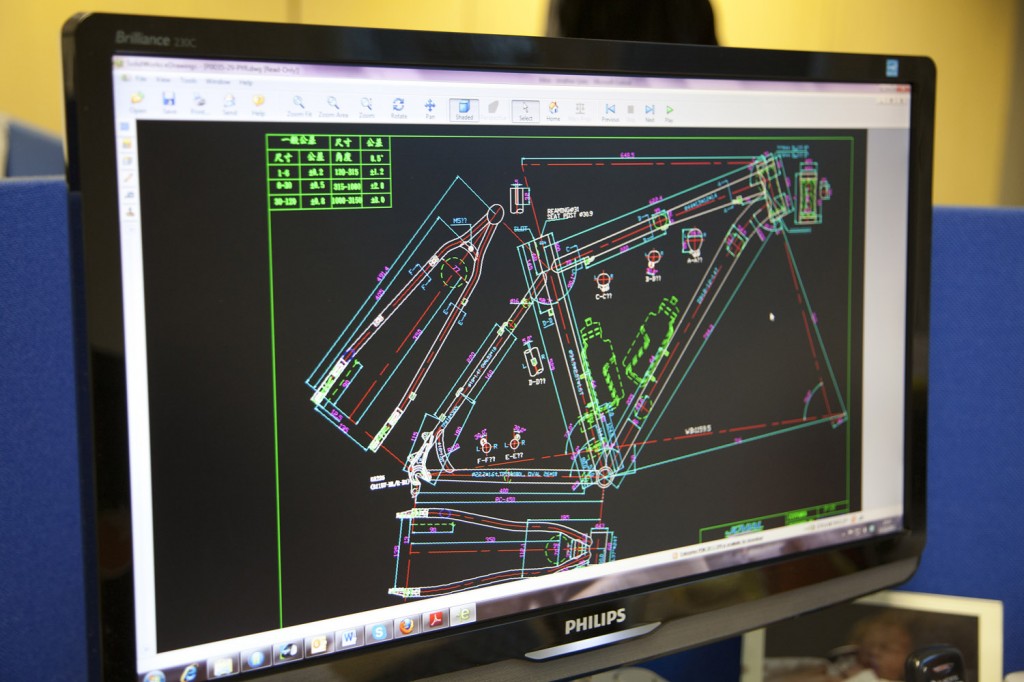 And here I am, Halifax, 9am, cakes in hand, ready to meet a British institution. I'm greeted by my guide and chaperone for the day, Pete Scullion, a sort of younger, shorter version of Lemmy from Motorhead. Do I need a chaperone? “This is the north and you are a soft southerner”, I am reminded. Fair point. First thing’s first, off to the metal shop where they actually make the frames by hand. I would say still make them by hand, but one of the oddities of Orange is that in seemingly opposite fashion to everyone else in the bike industry, they’ve brought production in house from the far east rather than the other way around. Most of the range is made in England now, only the lower priced hardtails still being imported for finishing. This leaves the higher ranged full sussers being rolled and cut and shaped and welded down the road by proper northerners, with tattoos and pictures of naked women on their desks, wielding torches and creating bikes that “ride like no other” in the words of the Orange riders I hang out on hills with.
And here I am, Halifax, 9am, cakes in hand, ready to meet a British institution. I'm greeted by my guide and chaperone for the day, Pete Scullion, a sort of younger, shorter version of Lemmy from Motorhead. Do I need a chaperone? “This is the north and you are a soft southerner”, I am reminded. Fair point. First thing’s first, off to the metal shop where they actually make the frames by hand. I would say still make them by hand, but one of the oddities of Orange is that in seemingly opposite fashion to everyone else in the bike industry, they’ve brought production in house from the far east rather than the other way around. Most of the range is made in England now, only the lower priced hardtails still being imported for finishing. This leaves the higher ranged full sussers being rolled and cut and shaped and welded down the road by proper northerners, with tattoos and pictures of naked women on their desks, wielding torches and creating bikes that “ride like no other” in the words of the Orange riders I hang out on hills with.The metal shop is a world away from your Chris King paragon of virtue and efficiency. This is a Dickensian workhouse of a factory. All smells and fumes and dust and swearing. There is a lot of swearing that goes into an Orange. I can’t help thinking it’s the element that makes them tougher than the rest. And more northern.
Orange’s finishing school, a couple of miles from the metal shop houses all the final stages of production from priming and painting to building and applying decals by hand. It’s all done by hand actually, each frame hand sprayed one at a time, each one hung to dry and handed to a chap for decals and packing. Or building. It means minimal waste and bikes not hanging around in shops toward the end of the shopping season. You want it, you get it the way you want it. Seems to make sense if you don’t have the pressure of forward orders for worldwide ranges. And it is working in Halifax.
I can’t help thinking there must be a bit of an issue round the corner given that the cycle world and all it’s niches seem to have the various bike materials pegged and steel and titanium have secured a future in the handmade arena, carbon is obviously at the top end of racing technology, but also seems to be spreading far and wide and (perhaps worryingly) cheap into the mainstream, leaving aluminium in a bit of a (pardon the pun) state of flux. It’s the sensible choice, but is it still desirable? Once cycling’s wonder metal, is it now becoming redundant in it’s ubiquity? Or, will irony of ironies, it be saved by carbon becoming the new aluminium and as fast as it grows popular, the backlash is never far behind. There is a quandary here, as Orange is small enough to stretch it’s legs into carbon, probably even construct it, but also not big enough to fund the research and development needed to be hand made in England. So it would mean a move to outsourcing again, and not doing that is at the core of what this company is all about. It is it’s lifeblood. The tribe is loyal. I can’t see that staying the same if we’re talking far eastern carbon. I think English mountain bikers like riding an English mountain bike, not an English brand, but a bike made by an Englishman, in England, with all the fire and dust and swearing that entails. Maybe I’m wrong, maybe they’d still love an plastic Orange made somewhere else by a robot. Who knows. What I wouldn’t be surprised to find is Orange somehow transcending the trend and sailing right through the carbon apocalypse and out the other side on aluminium and being right at the forefront of a renaissance in the skinny metal.
Before I head off south, I ask about the old school and am taken upstairs past lines of historic Oranges on the landing into a room filled with even more. The prototypes, the new and the really old. Original Clockworks lined up next to their new counterparts. A Formula road frame. A really nice conditioned Aluminium O next to a tatty but original B52. There's history here. Pride in the past and in the future too. The 29'er and cx bike propped up against the Prestige remind you of that. A retrobiker could spend ages in here (this one did) but we're reminded on the way out that the past, though crucial, isn't everything. I'm so tempted to say the future's bright, the future's orange, but in this case it's not as the most modern of modern Orange Giro's in front of me as I leave the room is actually green.
There’s a real down to earth frankness about northerners. Especially Yorkshiremen. They tell it how it is. There’s no minced words up here. It can be quite a shock to a southern diplomat, but there’s also a refreshing ease of saying and hearing how it’s going to be. Was. And should be. I think that for me, sums up these bikes too. They’re not the latest high modulous weave. They’re not antiquated niche steel either, not any more. But they are honest. They do exactly what they say on the tin. People love that in this country. Especially up here.
This feature originally appeared in Switchback Magazine, available to buy here.
